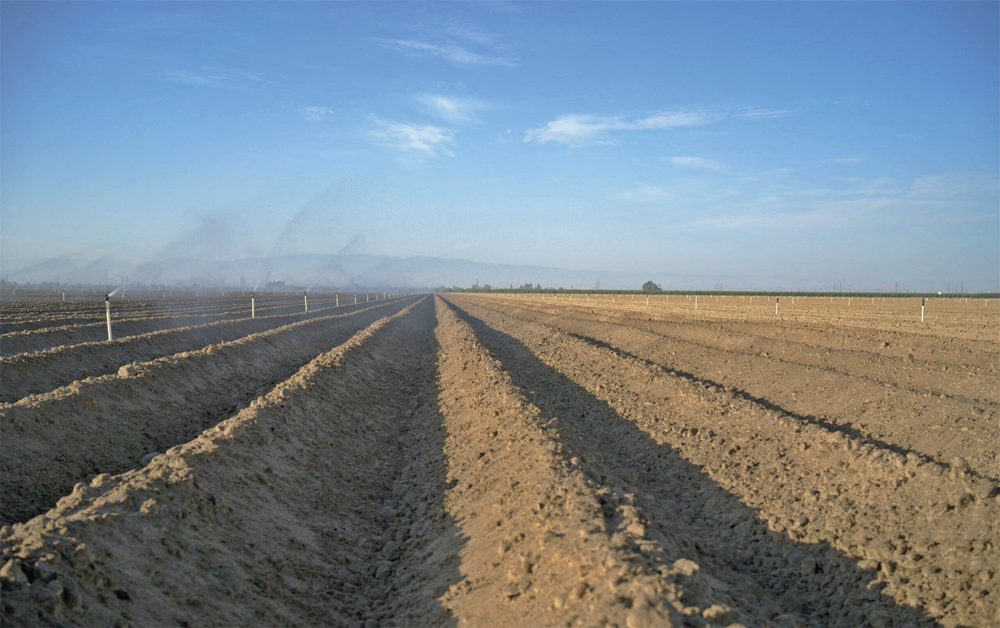Farmland leveling involves modifying the surface of a field to create a consistent slope. This is crucial in agriculture for uniform water distribution, preventing waterlogging, and boosting field productivity. By leveling the land, farmers improve water flow, reduce soil erosion, and enhance farming efficiency.
Beyond just water management, it also supports modern farming by allowing advanced machinery to operate more effectively. Level fields enable more efficient use of tractors and harvesters, reducing fuel consumption and machinery wear. This lowers costs and allows for precise planting, fertilizing, and harvesting, which are key to maximizing yields. Additionally, leveling helps prevent uneven crop growth caused by variations in soil moisture and nutrient distribution.
Benefits of Land Leveling
Land leveling offers several advantages that contribute to increased crop yields and efficient resource use:
- Uniform Irrigation: Level fields allow for even water distribution, reducing the risk of waterlogging and ensuring that crops receive the right amount of water.
- Improved Soil Health: By preventing water stagnation and erosion, land leveling helps maintain soil structure and fertility.
- Enhanced Crop Growth: With better water management and reduced runoff, crops grow more uniformly, leading to higher yields and better-quality produce.
- Reduced Labor and Costs: Level fields require less manual intervention for irrigation and soil management, leading to lower labor costs and increased efficiency.
Recommended Slopes for Different Crops in California
In California, the recommended slopes for different crops vary depending on the type of irrigation used and the specific crop requirements:
- Rice: 0.0% to 0.1% slope for uniform water coverage.
- Row Crops (e.g., tomatoes, peppers): 0.1% to 0.3% slope to ensure proper drainage while minimizing erosion.
- Orchards and Vineyards: 0.3% to 0.5% slope for effective water management and to prevent root rot.
Downsides of Leveling Farm Fields
While land leveling offers numerous benefits, it also has potential downsides:
- Cost: The initial investment for land leveling can be significant, particularly for large fields or when specialized equipment is needed.
- Soil Displacement: Improper leveling can lead to soil displacement, which may affect soil fertility and lead to uneven nutrient distribution.
- Environmental Impact: Disturbing the land surface can increase the risk of erosion if not managed properly, potentially harming local ecosystems.
How AgNote Can Help with Crop Management
AgNote provides farmers with tools to optimize land leveling and boost field productivity. By tracking irrigation and monitoring soil health, AgNote streamlines farm operations for higher yields and efficient resource management. Start your free 7-day trial today to see how AgNote can enhance your crop management.
